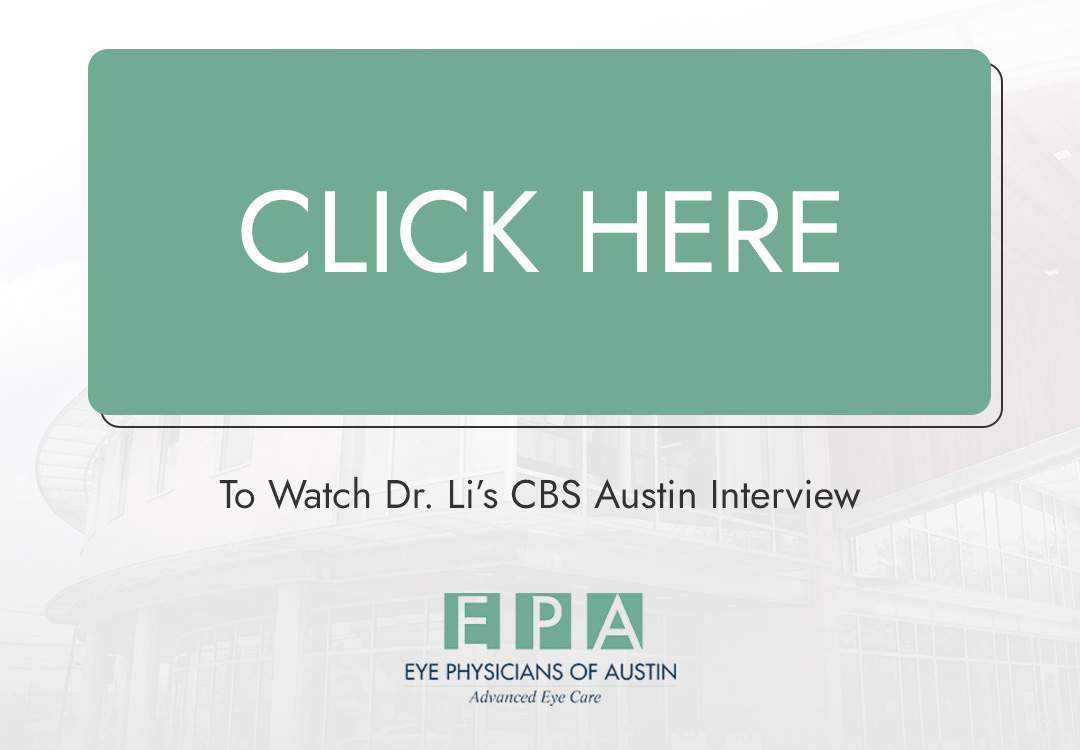Residents living in the Austin, Texas area who are experiencing problems with their vision or general eye health can visit Eye Physicians of Austin to have all of their questions and concerns addressed. The practice’s board certified specialist prescribe both eyeglasses and contact lenses for their patients who need them.
Eye Glasses Q & A
An astigmatism is an abnormal curvature of the cornea that can actually worsen cases of myopia or hyperopia. The lens can also be affected. When a person has an astigmatism, images are often distorted and may appear blurry or out of focus. The astigmatism prevents light that enters the eye from focusing on one particular spot. If the light rays cannot meet or converge, the image will remain out of focus. There are 3 different types of astigmatism and each can cause different symptoms. When a doctor recommends eyeglasses for a patient, the lenses that are chosen will be created to correct the specific astigmatism the patient has.
An ophthalmologist recommends eyeglasses whenever a person has trouble focusing on objects that are within a scaled distance. The normal scale used is 20/20. If a person has 20/40 vision, it means they can see at 20 feet what a person with normal eyesight can see at 40 feet. By using this scale and the measurements of the eye that are taken during the routine eye exam, the doctor can determine what type of corrective lenses are needed. In most cases, the patient can also choose to use contact lenses. Corrective lenses are normally recommended for full-time use unless the doctor suggests they be used only for reading. Doctors can create safety glasses that have prescription lenses for individuals who work in an environment where protective eyewear is required.
Myopia is also referred to as near-sightedness. This means the person can focus on items that are close to them but has difficulty focusing on objects that are far away. In the earliest stages, a mild prescription is required to correct the vision loss. As a person ages and the loss becomes more pronounced, stronger prescriptions are required. Corrective lenses, in the form of eyeglasses or contact lenses, are the most common form of treatment. After the person's vision has started to stabilize, the doctor may recommend LASIK surgery as a way to permanently correct the person's vision loss.





